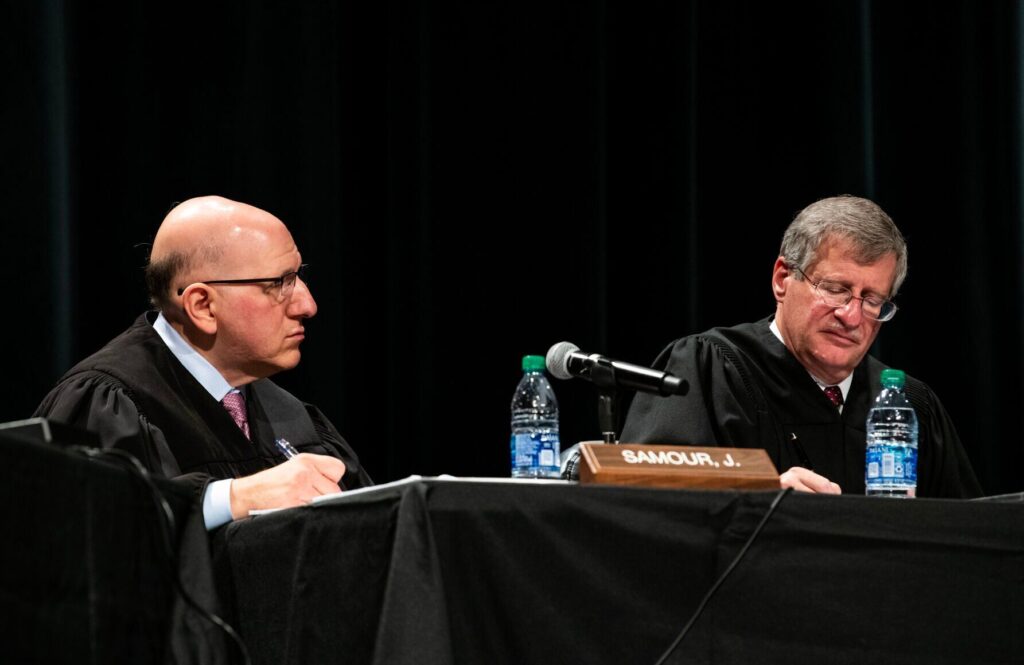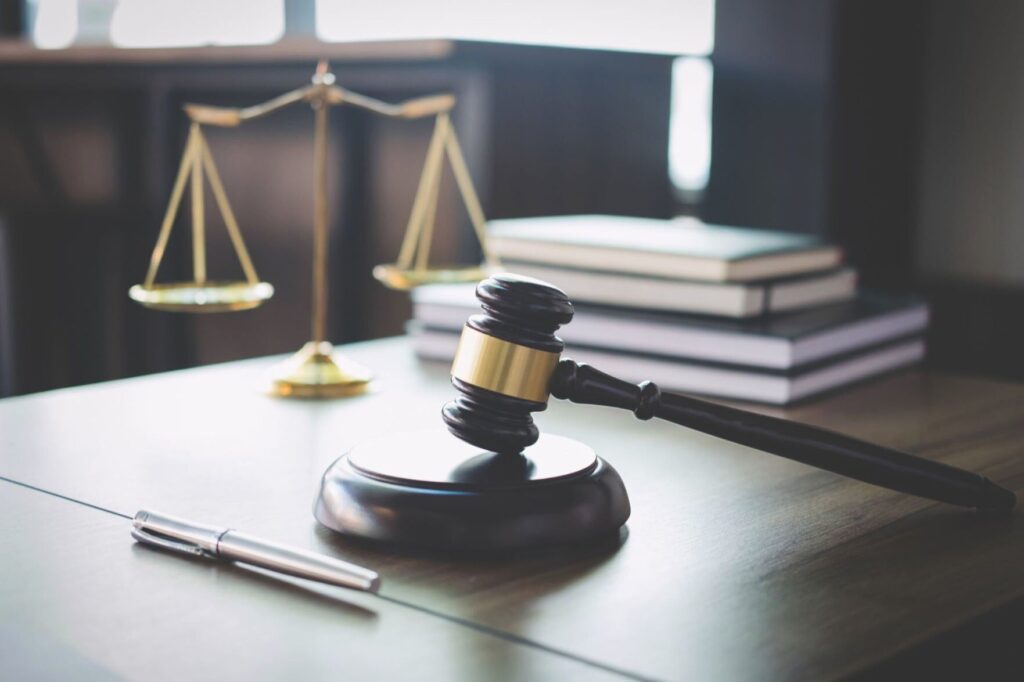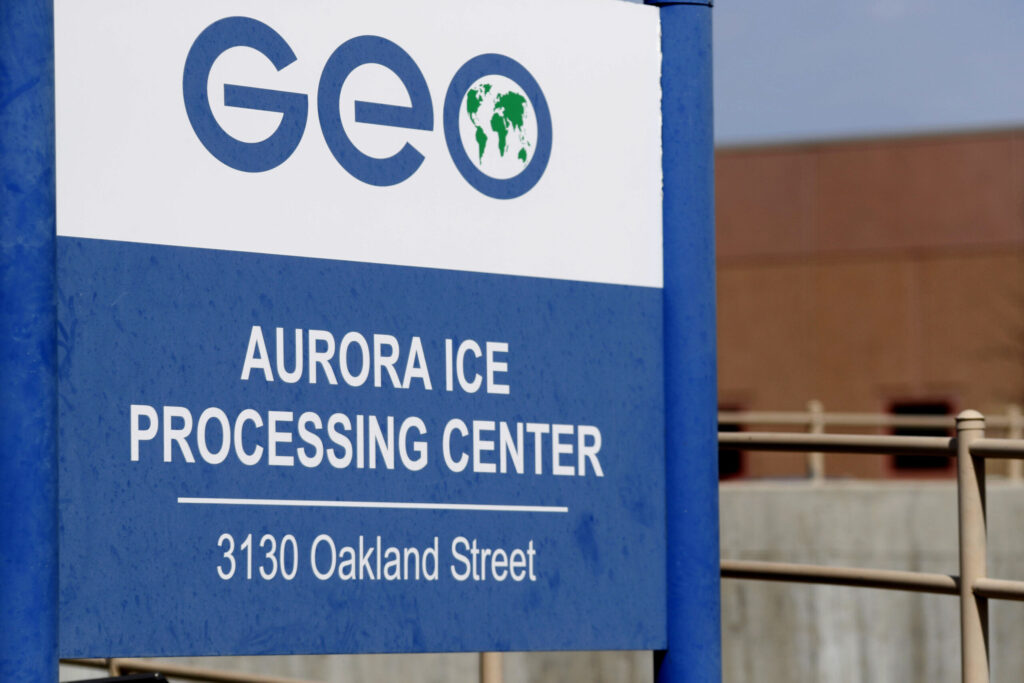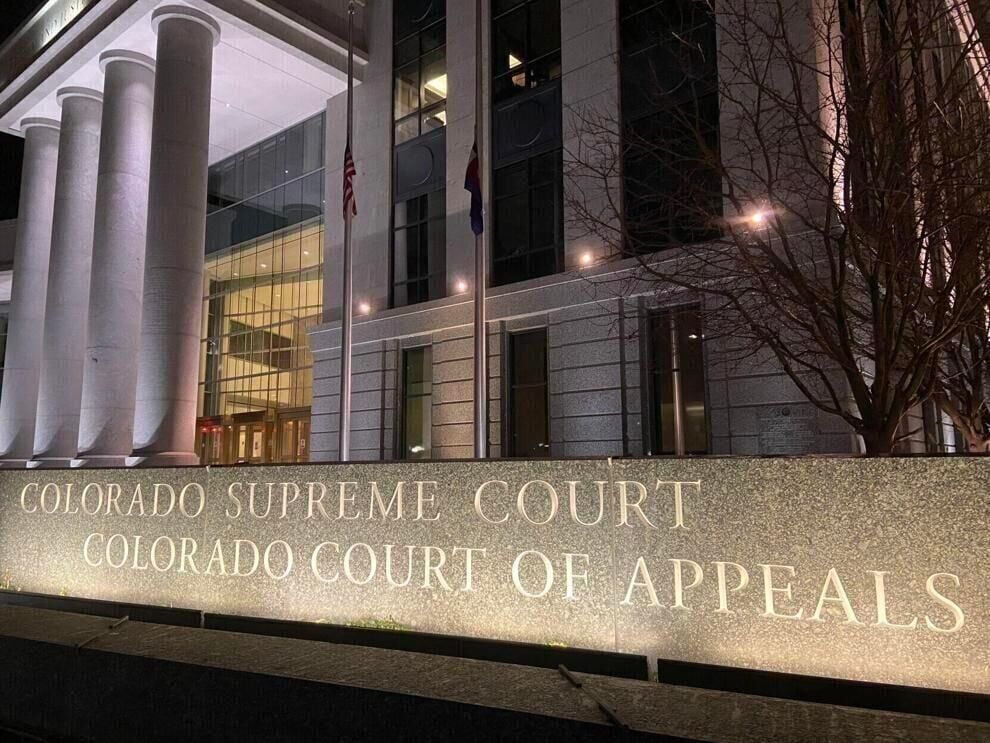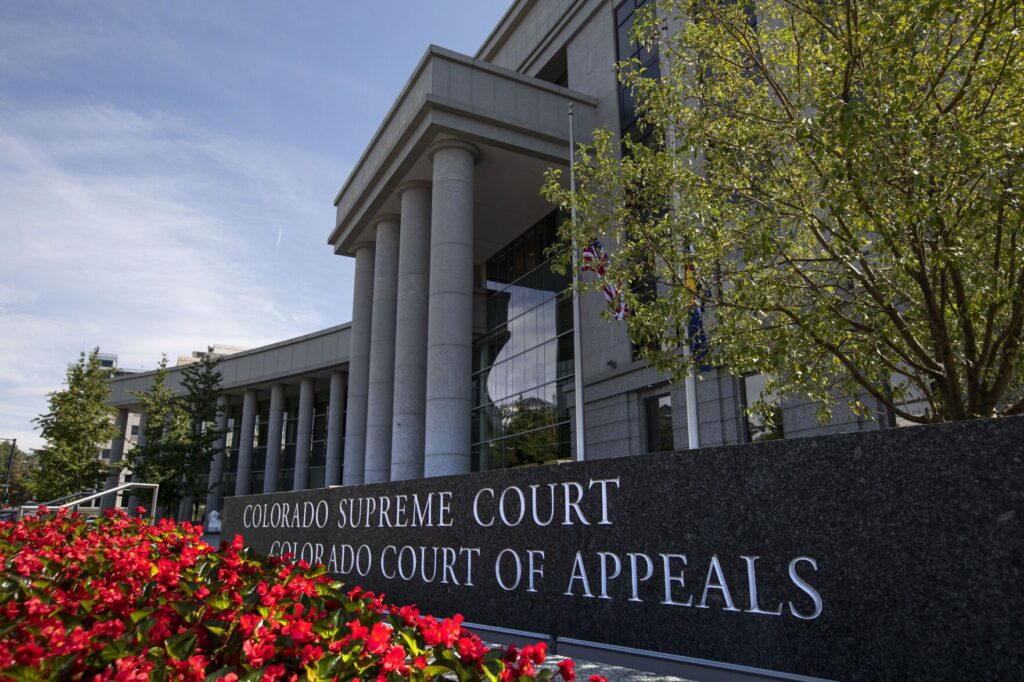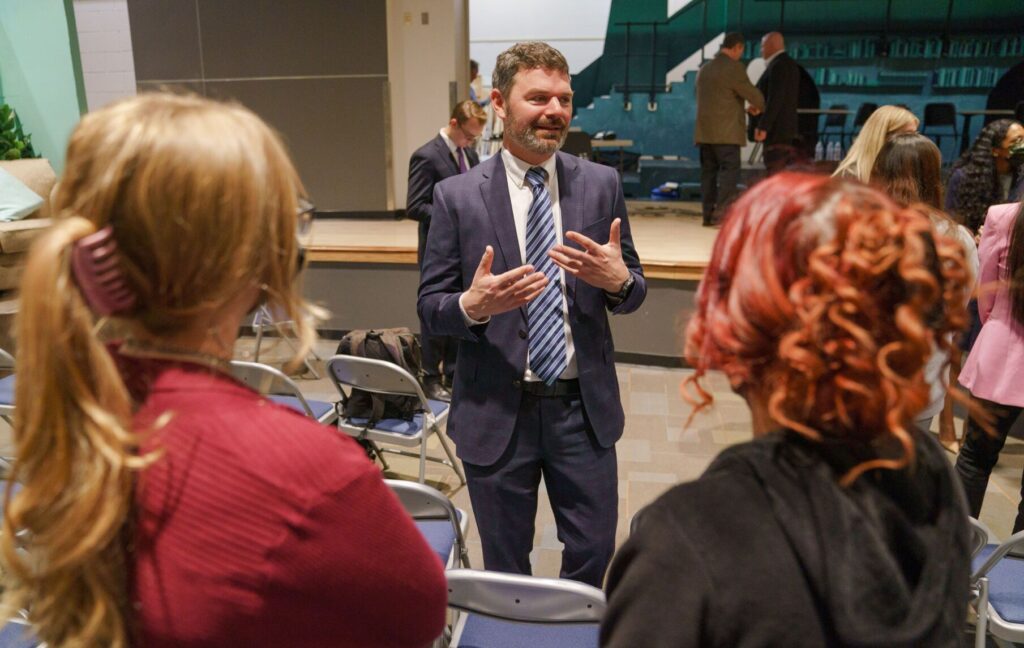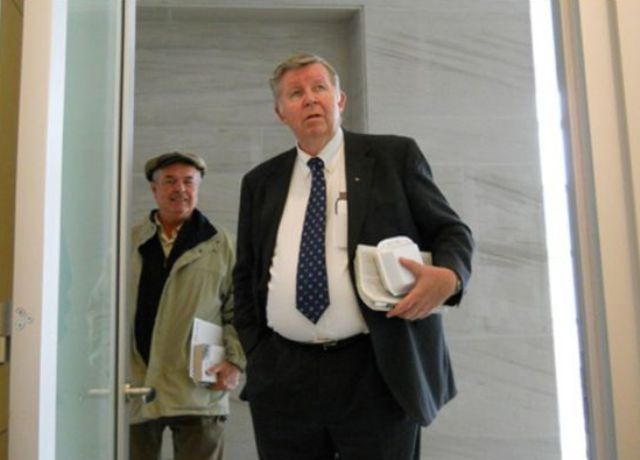Colorado justices vent about difficulty of evaluating racial bias in jury selection
Members of the Colorado Supreme Court last week expressed frustration with the difficulties of pinpointing unconstitutional racial bias in jury selection, especially when relatively few details are available after the fact about what happened at trial.
“We’re trying to guess what’s in someone’s mind, someone’s heart, even when they may not be aware of it, right? We’re trying to get at implicit bias here,” said Justice Carlos A. Samour Jr. during oral arguments on May 8.
The Supreme Court is weighing the case of Phillip Romero, convicted of assault in Weld County. The prosecutor dismissed, or struck, a Hispanic man from the jury on the grounds he “appeared very disinterested,” with nothing more concrete. Even though the trial judge and the defense did not agree with that assessment, the judge allowed the juror strike anyway.
By 2-1, a panel of the Court of Appeals ordered a new trial for Romero based on the constitutional prohibition against intentional racial discrimination in jury selection. Members of the Supreme Court struggled with what to make of that decision, given the scarcity of information from which to draw a conclusion.
“If we affirm in this case, with so little on record, my fear is it gives a license to someone just to say whatever they want — ‘looked uninterested.’ With no basis, no facts or anything,” said Justice Richard L. Gabriel.

Colorado Supreme Court Justices Carlos A. Samour Jr., left, and Richard L. Gabriel listen to an argument during a Courts in the Community event held at Pine Creek High School in Colorado Springs on Thursday, Nov. 17, 2022.
Under longstanding U.S. Supreme Court precedent, intentional race-based discrimination in jury selection is unconstitutional. Normally, parties may exercise “peremptory strikes” of jurors without citing a reason. But when a prosecutor tries to remove a juror of color, the defendant may raise a “Batson challenge,” named after the Supreme Court’s Batson v. Kentucky decision. Such a challenge forces the prosecutor to justify the removal with a “race-neutral” reason.
The challenge proceeds in three steps. First, the defense must state a plausible case that a juror is being removed on account of their race. Second, the prosecution must offer a race-neutral explanation. Finally, the trial judge analyzes whether discrimination is likely happening.
At Romero’s trial, the prosecution briefly spoke with one of the two Hispanic members of the jury pool, identified as Juror F. The prosecutor, who the district attorney’s office identified as Lillie Parker, then moved to strike him. As a race-neutral reason, Parker said the man “appeared very disinterested” and had a “wandering mind.”
Neither the defense nor District Court Judge Shannon Lyons corroborated that account. In fact, Lyons said he “just didn’t see anything” to suggest the juror was disengaged. Nonetheless, Lyons allowed the prosecution to strike the juror, noting he did not “have an independent reading on whether he was truly disinterested.”
A three-judge panel for the Court of Appeals ordered a new trial. Judge Neeti V. Pawar, writing for herself and Judge Jaclyn Casey Brown, found it problematic that Lyons credited the prosecution’s explanation despite his own observations undermining the race-neutral reason.
Then-Judge David J. Richman dissented, arguing the question was actually whether any evidence contradicted the prosecutor’s rationale. He added that nothing required the prosecutor to give proof of why the juror seemed disinterested.

Colorado Court of Appeals Judges Stephanie Dunn, Neeti V. Pawar and Grant T. Sullivan listen to the case of People v. Dooley at Fort Lupton High School on Tuesday, April 2, 2024 in Fort Lupton, Colorado. The Colorado Court of Appeals and Supreme Court hold “Courts in the Community” events for students to learn about the justice system and hear real cases. (Rebecca Slezak For The Denver Gazette)
While members of the Supreme Court acknowledged the difficulty all parties face when successfully trying a criminal case, they nonetheless were critical of how skeletal Lyons’ justification was for denying the Batson challenge.
“The trial court didn’t actually say at the end of the day, ‘I didn’t see it, but I trust you, prosecutor, that what you saw was correct.’ We don’t have that,” said Justice Monica M. Márquez. “All we have is, ‘I didn’t see that.'”
“What is the defense lawyer supposed to do? Do you call somebody from the audience to say, ‘I didn’t see it either?'” elaborated Gabriel. “That’s kind of the problem when you deal with demeanor-based challenges. The prosecutor’s gonna say, ‘I saw it,’ and the defense is gonna say, ‘I didn’t see it’.”
Last year, the Supreme Court held a hearing on a proposed rule change designed to make it harder to strike jurors of color for reasons that, while not explicitly racial, can correlate with race. As drafted, demeanor-based reasons would require corroboration from the trial judge or opposing party in order to be valid.
The court has not yet taken action on the proposal, waiting until Romero’s case and others involving racial bias in jury selection are heard.
Samour raised an issue that Justice Thurgood Marshall first identified nearly 40 years ago when the U.S. Supreme Court decided Batson: The only way to curb racial bias in jury selection may be to eliminate peremptory strikes altogether.
“We’re applying this rule from Batson to a system where, by definition, people are allowed to strike jurors for no reason,” Samour said. “Justice Marshall was prescient in that regard, right? He said this is the right decision, but he doubted that it was going to work.”

FILE PHOTO: Colorado Supreme Court Justice Carlos A. Samour Jr. speaks to students at Pine Creek High School during a Courts in the Community event in Colorado Springs on Thursday, Nov. 17, 2022. (The Gazette, Parker Seibold)
Attorney Barbara A. Snow, representing Romero, acknowledged it would require action by the General Assembly to eliminate peremptory strikes, which are provided by law.
“Certainly, opinions that are strongly worded convey the message to the legislature,” she said.
The hurdle to abolishing peremptory strikes, noted Justice William W. Hood III, is that “both sides benefit from it. It’s one of the reasons we cling to this even though it becomes problematic.”
The reality is that attorneys get a sense during jury selection, “in communicating with a stranger, that they’re not digging you for whatever reason. And you feel a desire to act on that impulse,” he added.
The case is People v. Romero.



